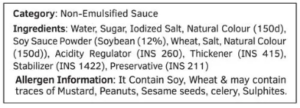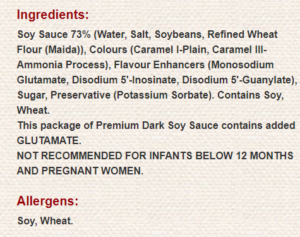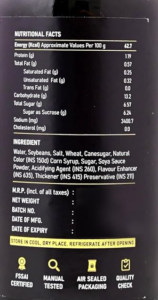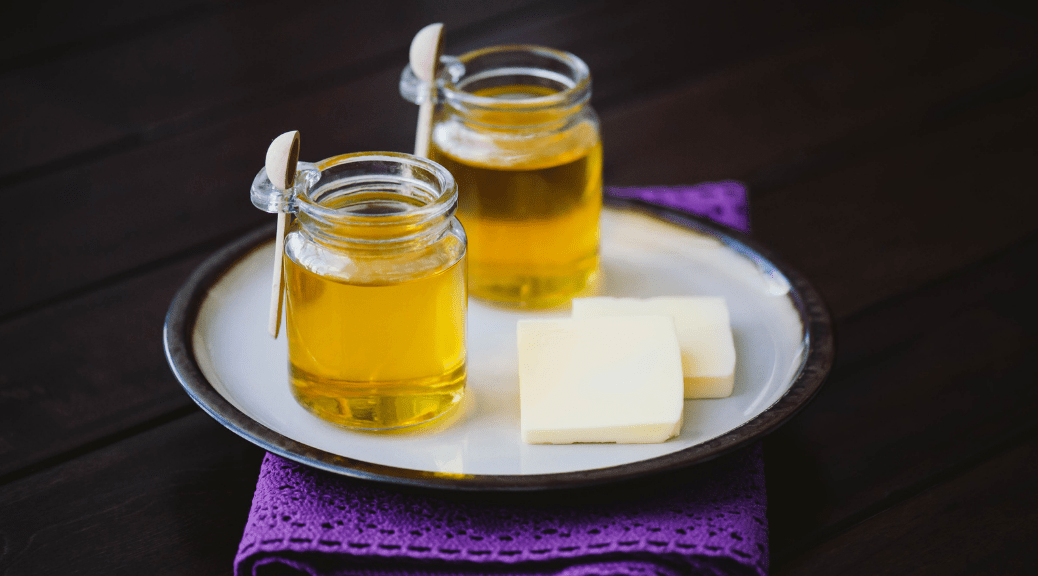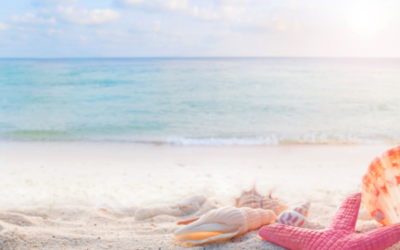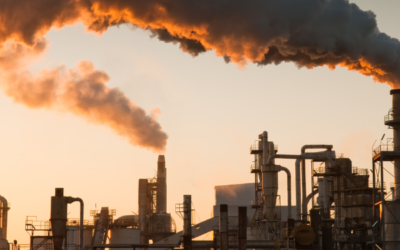Coffee, the world's most popular beverage, is enjoyed for its rich flavour and invigorating energy boost. But beyond the satisfying cup lies a...
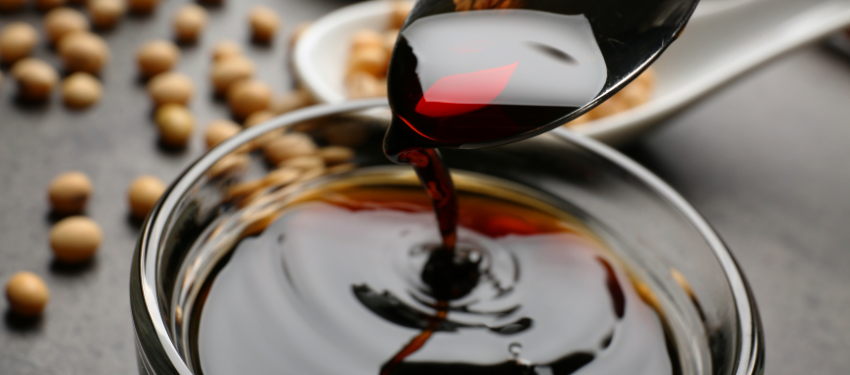
Soy Sauce Saga: Unveiling the Healthiest Pick!
Soy Sauce Saga: Unveiling the Healthiest Pick!
Soy sauce, a dark liquid with a salty, savoury taste, has surprisingly become a staple in many Indian households. Though not traditionally used in Indian cuisine, it adds a depth of flavour to familiar dishes, particularly when preparing Chinese-inspired treats like noodles, fried rice, or Manchurian delights, and other recipes such as barbecued foods. However, is soy sauce truly the healthy addition it seems? While often praised for its potential health benefits, there’s more to this condiment than meets the eye. Many people are unaware that the thickness and colour of soy sauce are a fascinating window into its age, revealing a world of hidden complexity beneath its seemingly simple surface. In this article, we will explore soy sauce, how it is prepared, the factors impacting its healthiness, and equip you with the knowledge to choose the best option for your taste buds and health.
Richa Pande
Origins of Soy Sauce
Soy sauce is believed to be one of the oldest seasonings that humans have been using. Its origin can be traced back to prehistoric times when it was likely used to preserve food and prevent spoilage. In the sixth century, when Buddhism was introduced to Japan from China, a new vegetarian seasoning was also introduced. This paste was made from fermented beans and is considered to be the earliest version of soy sauce, replacing the previous preparation that involved fermentation with fish in Japan. During the 14th century, Japan developed its distinct culture and soy sauce underwent significant advancements, resulting in a seasoning that had an ideal balance of major flavour-enhancing proteins, amino acids, sugars, and alcohol. Back in the 1600s, the Dutch and Japanese brought it over to Europe through trading.
How is it made?
There are two different methods used to prepare soy sauce. One involves fermentation with microorganisms, while the other uses chemicals to break down the ingredients. However, the chemical method is not considered traditional or authentic, and the resulting product is believed to be of lower quality.
The traditional method of making soy sauce is a meticulous and slow process that requires patience and expertise. It involves four main ingredients – soybeans, wheat/barley, salt, and koji, which is a mold (Aspergillus oryzae). The soybeans are soaked and cooked, while the wheat is roasted and crushed. Then, the mixture is inoculated with koji spores to start the fermentation process, which can last for months or even years. During fermentation, the koji breaks down proteins and starches into umami-rich compounds. The mixture, known as moromi, is stirred regularly and the temperature is carefully controlled. After fermentation, the moromi is pressed to extract the liquid soy sauce. This can be done using traditional wooden presses or modern equipment. The raw soy sauce is then filtered, pasteurized, and sometimes further aged to develop deeper flavours. However, modern methods prioritize faster production and often involve hydrolysis, where soybeans are treated with acid or enzymes to speed up the umami development. Additives such as colour, flavourings, and preservatives are also frequently added to mimic the taste and texture of traditionally fermented soy sauce. Apart from the production process, ageing plays a crucial role in the character of soy sauce. Soy sauces that are aged traditionally, such as Japanese tamari, are darker, thicker, and have more complex flavours due to extended fermentation. Conversely, modern methods often prioritize speed, resulting in lighter, thinner products. Additionally, the modern process produces some undesirable compounds that are not present in naturally fermented soy sauce, including some carcinogens. They can also have monosodium glutamate added to them for flavour enhancement and may contain high levels of sodium due to their high added salt content.
FSSAI’s Specifications for Soy Sauce
The Food Safety and Standards Authority of India (FSSAI) plays a crucial role in ensuring public health by enforcing strict regulations for various food products, including soybean sauce. These regulations are designed to ensure consistency, quality, and safety for consumers across the country. A compliant soybean sauce must contain wholesome soybeans with completely deactivated trypsin inhibitors to ensure proper digestion. Salt and nutritive sweeteners are the foundation of the sauce, while spices and condiments are allowed to add depth and complexity to its flavour. Preservatives may be used to ensure extended shelf life and product stability, but only those approved by the FSSAI. Specific food additives may also be incorporated to enhance certain properties of the final product. The FSSAI’s regulations prioritize microbial safety and require adherence to stringent standards to ensure a shelf-stable product suitable for consumption. Apart from ensuring safety, specific characteristics define high-quality soybean sauce, such as a concentrated and flavourful product with a tangy taste and at least 1.0% total nitrogen content. Proper packaging is also mandated to preserve the product’s integrity and quality, with containers required to be well-filled and occupying at least 90% of their water capacity.
Check the labels!
While picking soy sauce from the market, one must be careful. Opt for traditionally prepared pasteurised soy sauces. They might be expensive but are better for health and taste better. Traditionally prepared gluten-free alternatives are also available in the market. If you are choosing chemically processed soy sauces, make sure you pick a brand that has low sodium content, and no added monosodium glutamate. It can be labelled as E621 on the back. Also, from the ingredient list, you can check the amount of soy in the sauce. If you plan to prepare recipes for children, pick a soy sauce that doesn’t contain Disodium inosinate i.e. E631. Pick the brand with more soy content than salt and sugar in the product. People with gluten intolerance can check if wheat/ barley was used in the preparation of this soy sauce. If wheat or barley is mentioned in the ingredient list, gluten-sensitive people must avoid it. Always prefer soy sauce packed in glass bottles over the ones packed in plastic bottles.
|
|
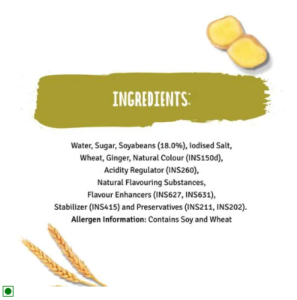 |
|
Brand 1- Ingredient List Glass Packaging |
Brand 2- Ingredient List Glass Packaging |
|
Brand 3- Ingredient List Glass Packaging |
Brand 4- Ingredient List Glass Packaging |
|
Brand 5- Ingredient List Glass Packaging |
Brand 6- Ingredient List. Available in both Plastic and Glass Packaging |
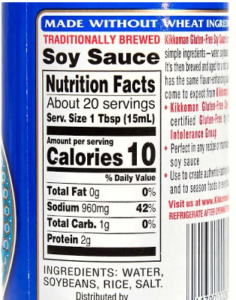 |
|
|
Brand 7- Ingredient List Glass Packaging |
Brand 8- Ingredient List glass Packaging |
Soy sauce, when left unopened, can retain its quality for a span of 2 to 3 years. However, upon exposure to air, its flavour begins to diminish. Once the bottle is opened, it’s crucial to store it properly to maintain its optimal taste. Refrigeration is key in preserving the freshness and flavour of soy sauce after opening. By keeping it chilled, you can extend its shelf life and ensure each use delivers the rich, savoury taste it’s known for.


